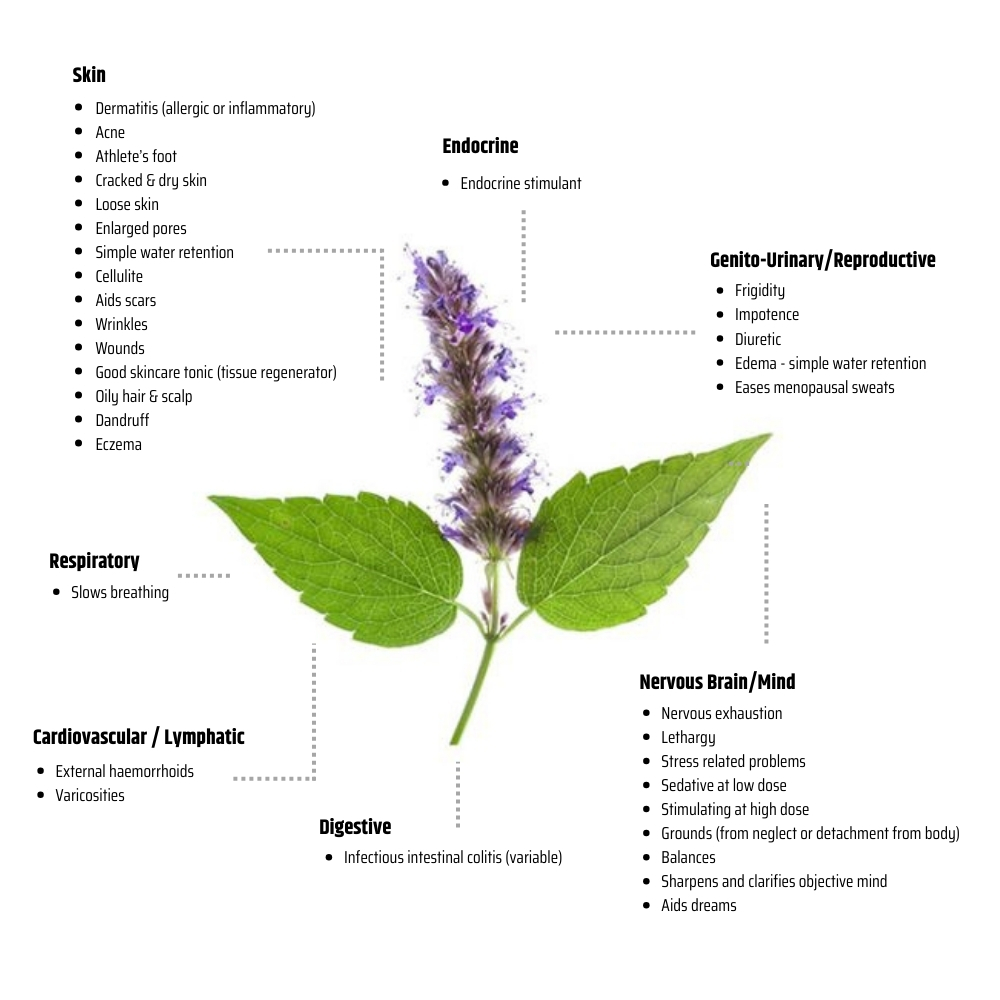
Australian Owned and Operated We have been proudly running for over 30 years

100% Pure & Natural Our products are sourced from the highest quality suppliers and growers from around the world

Not Tested on Animals None of our products are tested on animals

Vegan Friendly Our products are plant based and vegan friendly
Organic Patchouli
Pogostemon cablin
Source: Organic Whole Leaves
Origin: India
Energetics: Yang
Extraction Method: Steam Distilled
Scent: An earthy and woody aroma that leaves a hint of rich-fruity back note.
Blends Well With: Bergamot, Geranium, Myrrh and Clary Sage.
About
Patchouli essential oil, derived from the leaves of the Pogostemon cablin plant, is revered for its deep, earthy aroma and versatile health benefits. With a history dating back centuries, patchouli oil has been cherished for its grounding and balancing properties. In aromatherapy, it is used to promote relaxation, alleviate stress, and enhance meditation practices. Patchouli oil is also valued for its skincare benefits, helping to soothe and rejuvenate the skin, reduce the appearance of blemishes, and promote a healthy complexion. Additionally, it possesses antifungal and antibacterial properties, making it a useful ingredient in natural cleaning products. Whether diffused, applied topically, or used in massage blends, patchouli essential oil offers a rich and comforting experience, making it a beloved choice for natural health and wellness enthusiasts.
Ayurvedic Uses
In Ayurveda, patchouli essential oil, known as "Patchouli Taila," holds a revered place for its therapeutic properties that align with principles of holistic healing. This oil is commonly used to balance the "Vata" and "Kapha" doshas due to its grounding and calming effects on the mind and body. Patchouli essential oil is traditionally employed to promote relaxation, reduce stress, and enhance meditation practices. Its rich, earthy aroma is believed to stimulate the root chakra, fostering feelings of security and stability. Additionally, patchouli oil is valued for its skin-nourishing properties, aiding in the treatment of dry and irritated skin conditions.
Historical Snippets
Originating from Southeast Asia, particularly Indonesia, Malaysia, and the Philippines, patchouli has been used for centuries for its distinct aroma and therapeutic properties. It gained popularity in ancient times as a prized commodity along the silk trade routes, where it was traded for its strong, long-lasting scent that preserved fabrics and repelled insects. Patchouli became particularly popular in Europe during the 19th century, where it was used as a perfume fixative and in Victorian-era potpourris. The counterculture movements of the 1960s and 1970s further propelled patchouli's popularity as it became associated with hippie culture and was used in incense and perfumes.
Key Constituents
- Patchoulol
- α-Bulnesene
- α-Guaiene
- β-Patchoulene
- Seychellene
- α-Patchoulene
- Norpatchoulenol
- Pogostol
- Patchouli alcohol
- β-Elemene
How To Use
Diffuse: Add a few drops to a diffuser to disperse around the room
Topically: Dilute essential oil with any carrier oil at a 2.5% ratio. This equates to 2.5ml essential oil/oils in total mixed with 100ml of chosen carrier oil. 1ml of essential oil is approximately 20-22 drops of oil. Decant into a roller or glass bottle with eye dropper to apply easily or a larger bottle if using for massage. Please note this dilution rate is for adults and children over the age of 6. More information on children and essential oils is on our blog page. Essential Oils should not be used directly on the skin without mixing first with a carrier oil
Inhalation: Add 1-2 drops essential oil to a tissue and inhale at a distance while ensuring that the oil does not come into direct contact with the skin. Alternatively, you can smell the oil directly from the bottle.
Shelf Life
Our freshly decanted Organic Patchouli essential oil will last for 5-8 years minimum from when you open your amber glass bottle if stored correctly.
Primary Storage Considerations: Keep away from direct light (U.V. radiation). Keep in the amber glass bottle with lid tightly closed. Only open when you need to and decant into a smaller "working" amber glass bottle if possible (and label so you know what is in it). This is to reduce oxidation.
Secondary Storage Considerations: Keep in a refrigerator at around 4 degrees celsius.
Safety
General
Some essential oils may cause photosensitivity to the skin - Use diluted in Jojoba or other complete carrier oil.
Do not ingest essential oils.
Do not apply to eyes, sensitive areas or mucous membranes.
The information on this website is not intended to be used in the diagnosis, treatment or mitigation of any physical or mental illness. Ahimsa Oils offer no advice or recommendations only general information. No therapeutic claims are made within.
Pregnant women, nursing mothers and children should not use essential oils without first consulting an appropriately trained healthcare practitioner.
The statements on this website have not been evaluated by the TGA. David Bosley however worked for a long period in consultation with the TGA to ensure correct labelling with reference to the Ahimsa Oil product range.
Specific
Hazards: Drug interaction; may inhibit blood clotting.
References
Tisserand, R., & Young, R. (2014). Essential Oil Safety: Second edition


-5MlBottlesOnly@OPAT@600x400.jpg)
 Available for $100 orders and over
Available for $100 orders and over


